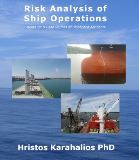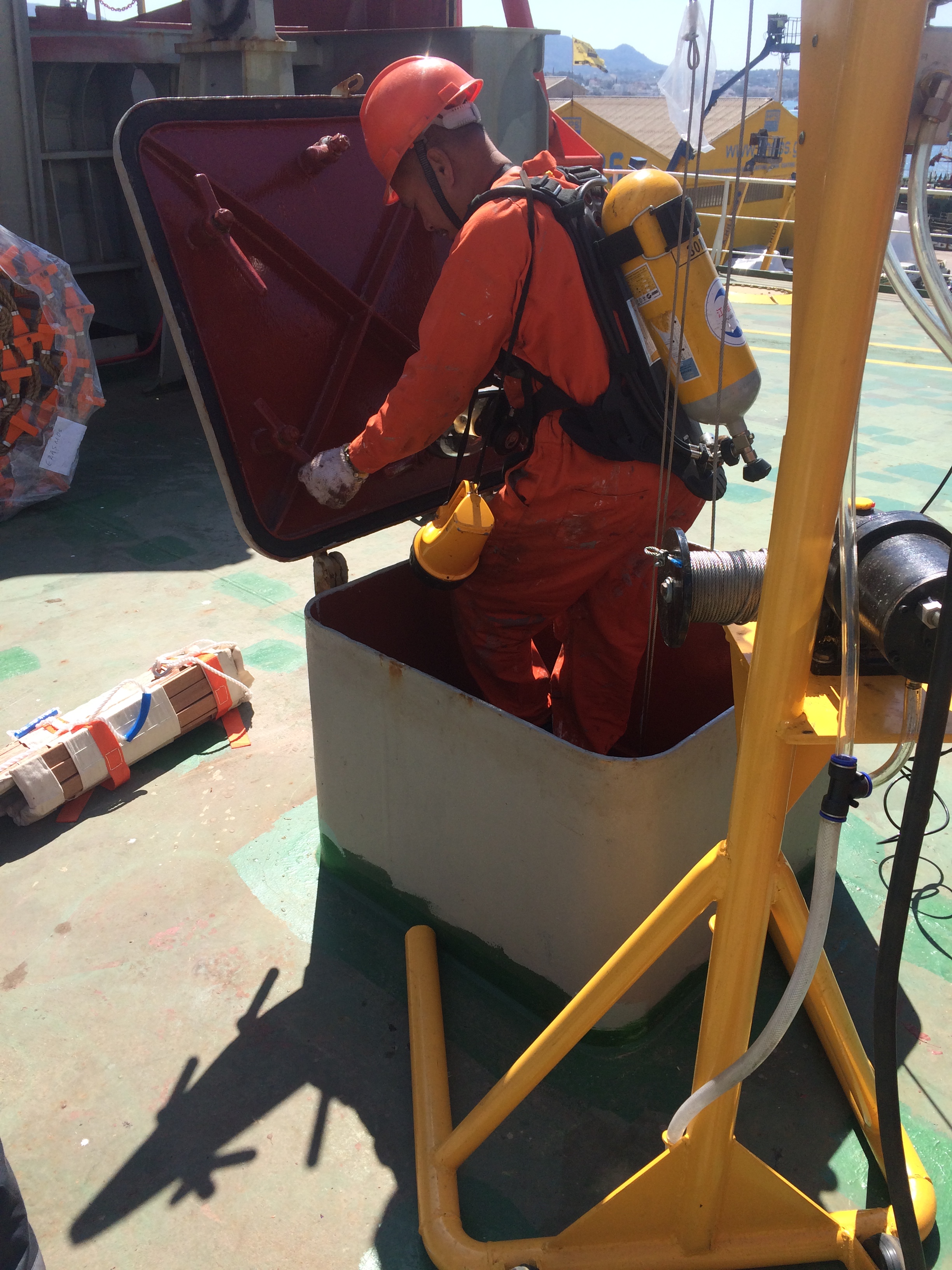Hydrogen sulphide exposure- The silent killer
In the aftermath of IMO 2020 low sulphur regulations enforcement, a more frequent inspection or cleaning fuel tanks may be required. Risks associated with entering into a fuel tank, are well known in the maritime industry. A major hazard is insufficient ventilation. One of the most hazardous gases is hydrogen sulphide, which is toxic and flammable. It may be found in crude oil tanks, ballast tanks, void spaces and other tanks that have been empty and decomposition of organic material has taken place (IACS 2018). Hydrogen sulphide is a colourless gas with a distinctive smell of rotten eggs. It is heavier than air, however removal of sludge or mud from a tank-decomposed material can give off deadly quantities.
Why is silent?
“At high concentrations H2S paralyses neurons inside the nose and the odour cannot be
smelled, hence smelling should not be used as an indicator that the tank is free from
hydrogen sulphide.”
Furthermore, the Standard P&I Club (2017) provides a list of symptoms:
- Exposure to a 2ppm to 5ppm hydrogen sulphide atmosphere can cause nausea and eyes to tear.
- Exposure of over 20ppm causes headaches, dizziness and poor memory.
- A 100ppm exposure for 15 minutes will cause altered breathing and drowsiness, and following an increase in the severity of symptoms, death will occur within 48 hours.
- A 100ppm to 150ppm exposure will cause paralysis, and a 500ppm exposure will cause death in 30 minutes.
Companies should train their seafarers for entering and rescue from enclosed space realistically. Each drill should include:
- Use of PPE
- Test and use of communication equipment
- Review of Company’s ISM procedures
- Test (or do a calibration test) of gas meters
- Prepare rescue equipment
- Practice in first aid and CPR techniques


